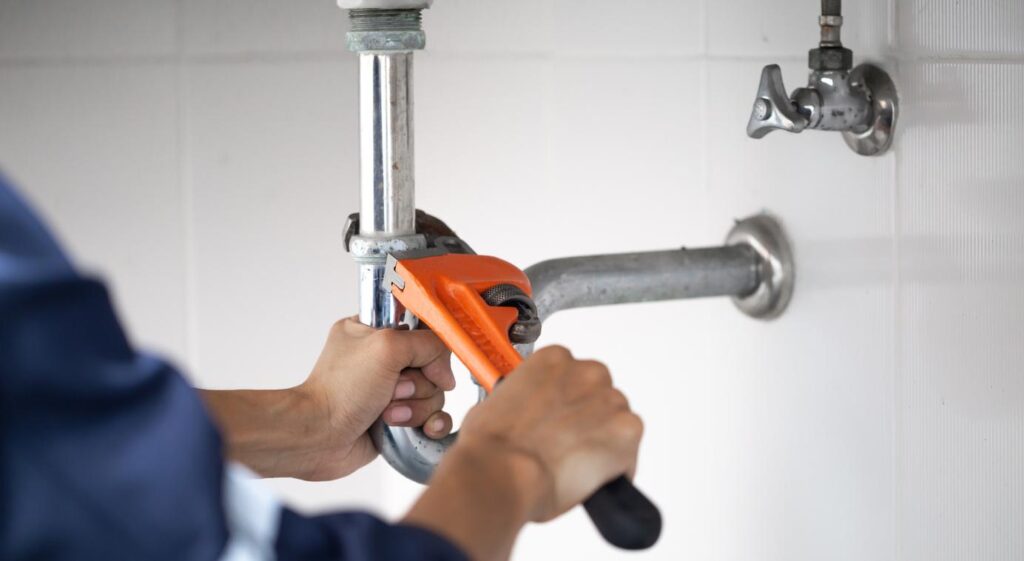Choosing the Right Retaining Walls

Retaining walls can be invaluable for a huge range of different purposes and situations, but that also means that you need to choose the right option for the job. It’s easy to assume that any wall will work in any situation, but there can be a lot of cases where you have to make a snap decision about something that will completely change the kind of retaining walls you get.

If you’re looking for a specific kind of retaining wall solution, then it’s important to understand how you can choose the best option for each project.
Location
It’s important to consider location before anything else. The place where you put your retaining walls will influence almost everything about the options you choose and the materials that will work best, so it’s important to think about how your wall is going to be used.
For example, is the wall going to be exposed to natural drainage? Would it be on a slope, and therefore need some more reinforcements? How much vertical and horizontal force will be placed on the wall, from either side? Think about the overall practicality of how your wall is supposed to work, then look for options that can support that kind of structure correctly.
Planning out your wall ahead of time makes it much easier to understand how it all needs to fit together, right down to the kind of pressure and force it will be under. From there, you can make a more educated set of decisions and approach the problem with an understanding of how your wall will be constructed.
Design
It’s easy to overlook the most basic elements of getting a new wall constructed: the height, depth, and general design of the wall itself. This can be both practical and aesthetic elements, depending on how the wall is supposed to be used and what your overall requirements for it will be.
A taller wall is going to require more material and weigh more, and is also much more likely to require supports or a greater focus on stability. There’s also the issue of gravity – some walls can be supported by gravity alone, and others can’t, which forces you to think about how the wall is actually going to fit together.
Talking with an expert can make it much easier to take these design elements into account, since they can use their own experience to provide some practical advice. For example, they can tell you if a design is too tall to use safely without supports, or if a certain material might be risky to use on a sloped surface without digging a proper foundation trench for it first.
Wall Type
There are a lot of wall options out there, and it’s not always easy to choose between them. For example, a gravity retaining wall can be a tough and heavy option that works well for holding dirt back, but a segmental retaining wall might provide more modularity and easier installation.
There’s also catilevered retaining walls, which use less material and can be produced on-site, as well as counterfort retaining walls that are meant to reduce the pressure being placed on the wall’s inside surfaces.
Alongside that are more unique options like panel retaining walls and gabion mesh retaining walls, both of which are good at specific things and can be adapted to suit a lot of different custom architectural styles and finishes.
Material
Different materials play a huge role in the overall effectiveness of a wall, but that doesn’t mean that there’s a single best material to focus on. In many cases, the choice is less clear: sometimes you’re choosing less weight to save money, and in other cases, you might be trading off better horizontal pressure resistance for less protection against vertical force.
This means that you often want an expert there to help you choose the right material for the job. It isn’t always clear what the benefit of one material would be over another, but once you get an understanding of what you’re working with, it becomes a lot easier to understand what would suit your wall needs best.
Just remember that not all walls are made of a single material. Some may use alternate supporting materials, and there can be some cases where a specific section of the wall may need to be strengthened or made using a slightly different design. Again, talking with a specialist can be a good way to figure out the specifics of how your wall should be designed.
Choosing a Company
It’s easy to forget that the company (or companies) you task with providing and installing the walls are going to play a factor in all of this, too. Be sure to look up a contractor or team of specialists that you feel you can trust, even if that means looking at reviews of what they offer or browsing their past projects to get an idea of how well they serve their customers.
Take a look at any unique wall systems or options that a company can offer, too. The MagnumStone retaining walls system is a great example of an interesting wall system that was developed by a specific company, meaning that they’ll be able to provide that kind of wall design to a high standard of quality.
Don’t rush yourself into a decision. There are a lot of wall specialists out there, especially when it comes to dedicated retaining walls, and it can be hard to choose between them if you’re pushing yourself to find a suitable option quickly. Take your time and look over your options, then go for whichever company or contract business seems to have the most useful options.
At the end of the day, there are dozens of wall options out there to choose from, and some of them are going to be more suitable for your needs than others. It’s important to narrow down your options properly and choose one that fits with your requirements, even if this means spending some time researching what’s available to you.








